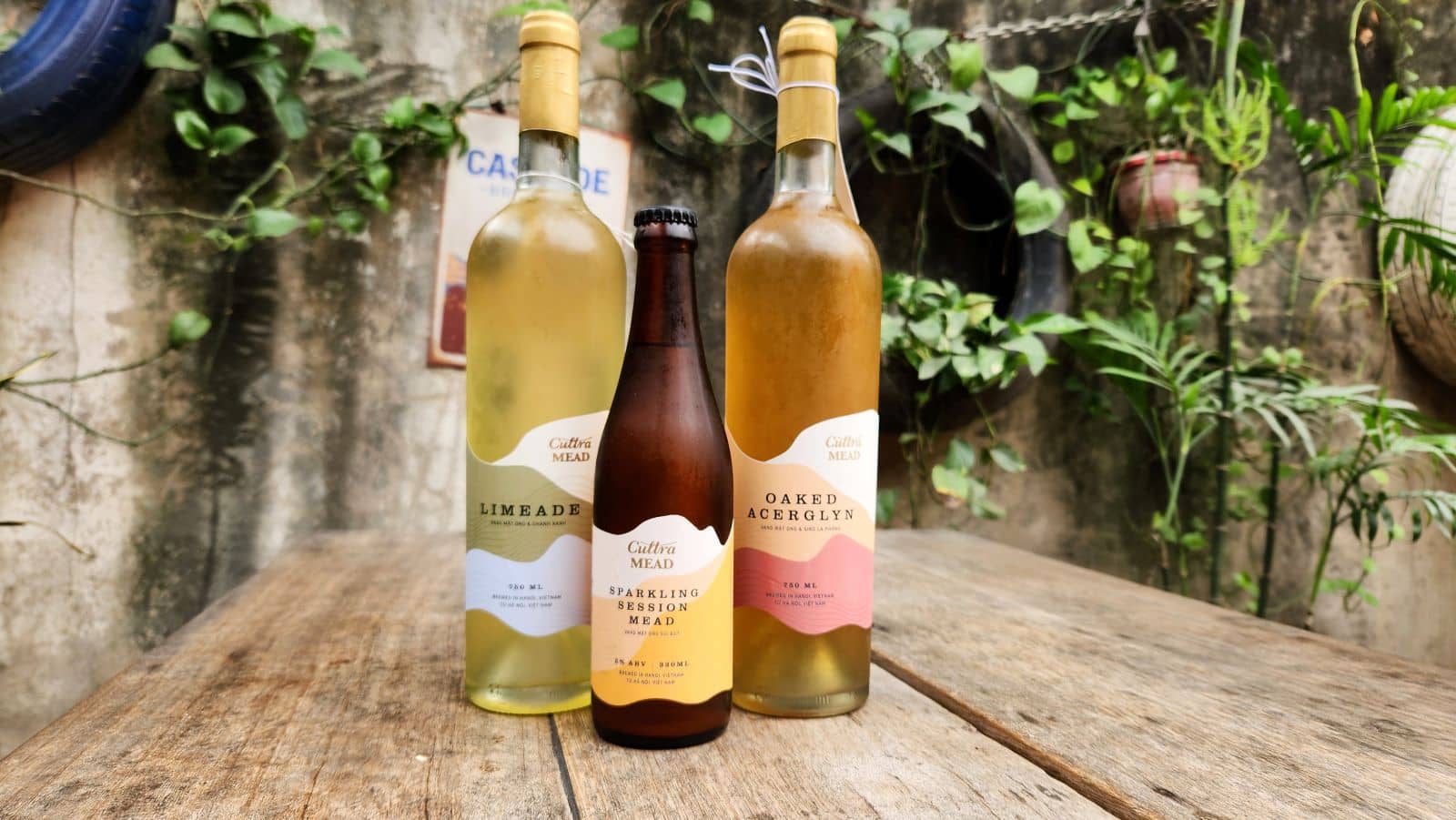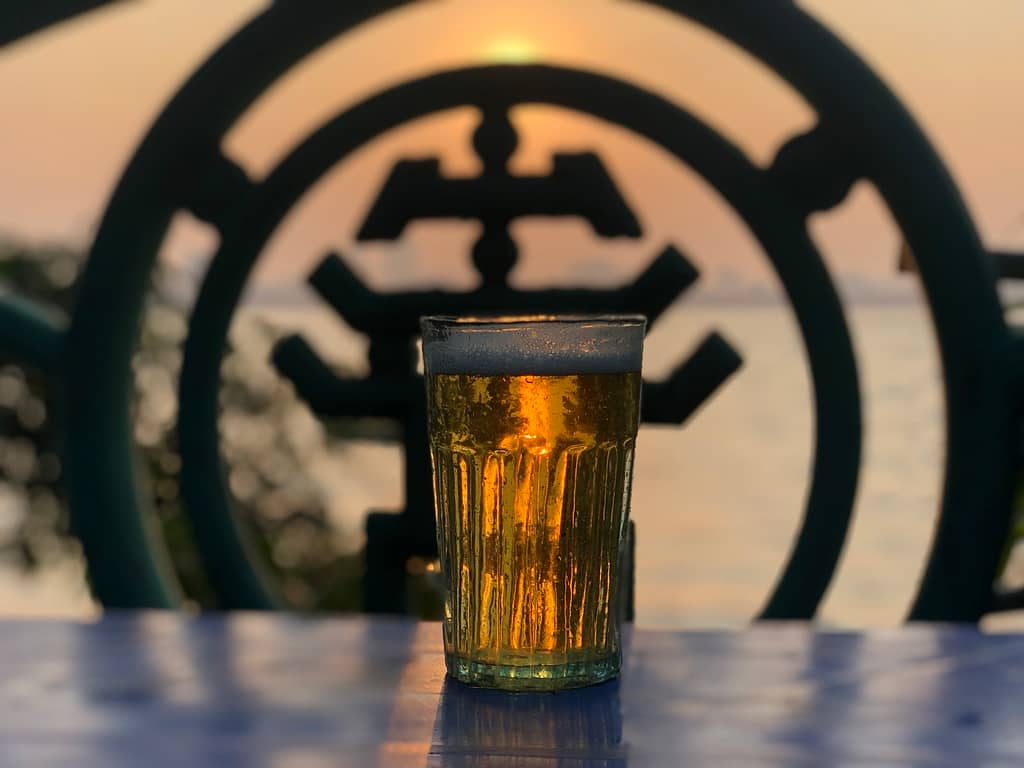
Bia Hơi… Vietnam’s Original Craft Beer?

When we added Bia Hơi to the taps at Standing Bar back in 2017 we met a lot of disgruntlement about tapping Bia Hơi in a craft beer taproom. Well, we would beg to differ, and would claim that this liquid gold can arguably lay claim to being Vietnam’s very first craft beer! So let’s take a brief look at the history of beer in Vietnam.
Northern Beginnings
Along with bread, the French brought beer to Vietnam in the late 19th century. Alfred Hommel established the first brewery in Hanoi in 1890 to quench the thirsts of French soldiers and sell his product to locals. At the time, Vietnamese people were unfamiliar with the drink which was a far cry from the traditional sticky rice spirits served in their homes.
Starting with only 30 employees producing 150 litres of beer every day, Hommel’s operation grew to employ about 300 people in the next 45 years. Beer was gradually becoming a preferred beverage among the middle class—Vietnamese with extra pocket money would sip the drink to show off their refined tastes to friends. Not only was beer pleasant because of its mildness compared to strong sticky rice spirits, but it was also the most affordable international-style alcohol at the time. Imported grape and rice wines were very expensive and left mostly to the upper-class.
By 1957, Hommel’s brewery belonged to the state, becoming the official brewery of Hanoi. This formed the basis for today’s Hanoi Beer, Alcohol, Beverage Joint Stock Corporation (HABECO). The Hanoi brewery launched its first locally styled beer in 1960, and it took off from there.
The defining features of the company’s draft beer were its low alcohol content—always in the 2-4% range—and its rich, aromatic flavour. As the day went by the beer would show changes in flavour and colour, often all consumed in the span of one day without pasteurization or added preservatives. Beer gradually become more affordable making it a common menu item all the way from street stalls to high-end restaurants.
Beer was to become, and remain, a quintessential part of Hanoi’s culinary culture. Luckily, Vietnam’s southern tip was not to be left behind.
Into the South
The flow of beer into Saigon was quite similar to its journey into Hanoi. In 1875, Frenchman Victor Larue opened a small brewery in Saigon. By 1910 he had expanded it to encompass a beverage and an ice factory. It continued to grow. After the end of the Vietnam War, the country reunited and the company fell into the management of the Southern Beer and Alcohol Company, now known as the Saigon Beer and Beverage Joint Stock Company (SABECO). Where the North is known for Bia Hanoi and Bia Hoi, the South is famous for Bia Saigon and Bia 333.
Bia 333 has a history that stretches back beyond its current name. It was originally called “33 Export”, boasting French recipes and ingredients imported from Germany. The name came from the beer’s packaging—it was sold in bottles of 33 centiliters, or ten milliliters. And during the Vietnam War, Bia 333, or 33 Export, was the favourite among American soldiers. After the country reunified, the company began exporting the beer under its new name, Bia 333, the number meant to signify luck and prosperity.
New Waves
Through the 1990s, the most popularly consumed beers in Vietnam varied little, featuring assorted domestic and international labels, primarily lagers. But in the early 2000s, restaurants in Saigon began to sprout up, serving Czech beer produced in their own workshops. The first and most famous of these restaurants is the Hoa Viên Brauhaus, arguably the first beer brewpub in Vietnam. This was a result of cultural exchange between Czechia and Vietnam, and an application of the traditional brewing technologies from Pilsen, the home of Pilsner beer.
But perhaps the most remarkable shift in Vietnamese beer culture took place in 2013 when Max Crawford and Colin O’Keefe began brewing a Pale Ale at their home in Sài Gòn. We would soon know it as Fuzzy Logic Pale Ale. The modern craft beer movement has never looked back. The craft beer revolution is here to stay. All beers are not created equal.
Source: https://vietcetera.com/en/cheers-through-the-ages-vietnams-beer-evolution
Photo: Johnny Symons







